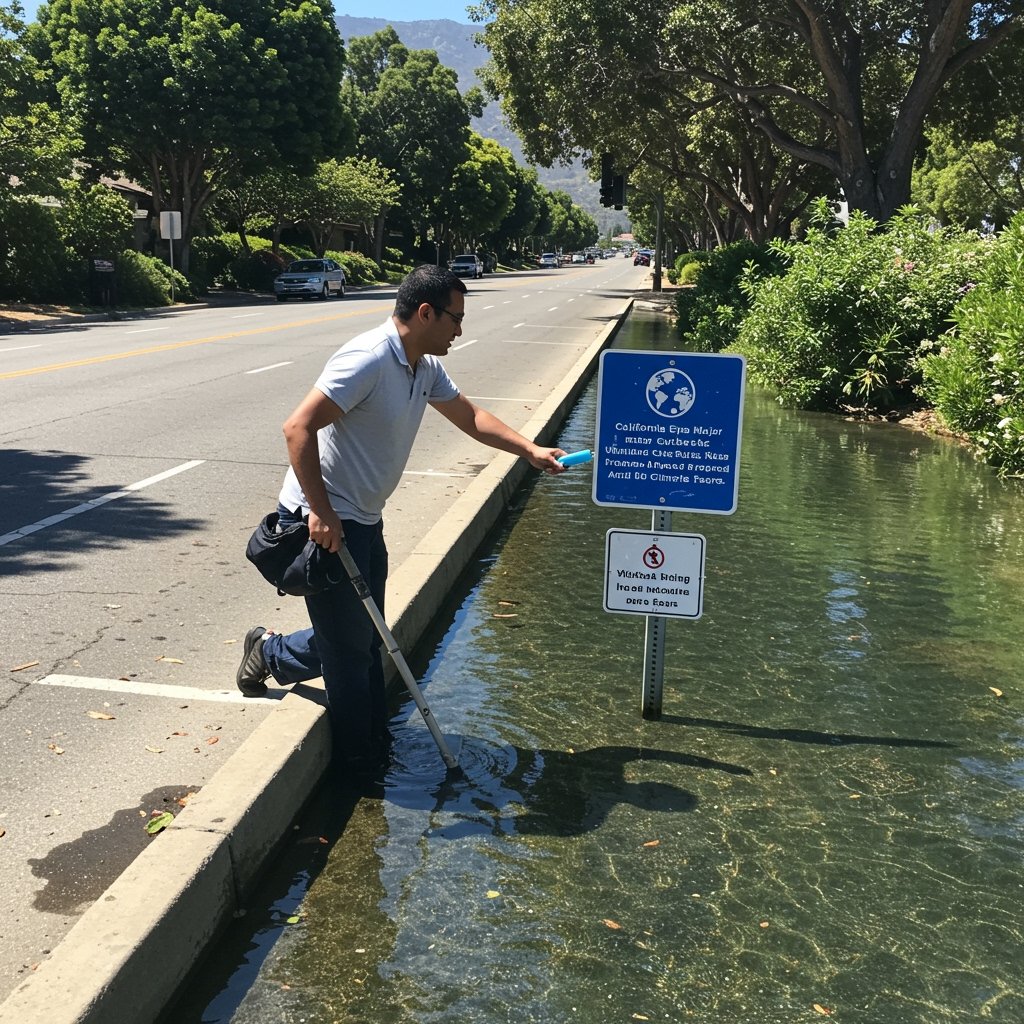California Proposes Aggressive New Urban Water Conservation Mandates
SACRAMENTO, CA – The California State Water Resources Control Board took a significant step on Friday, formally proposing a set of aggressive new regulations aimed at fundamentally altering how urban areas across the state utilize water. Citing the increasing frequency and severity of drought conditions, coupled with the long-term imperative for sustainable water resource management in the face of climate change, the proposed mandates represent a substantial push to reduce per capita water consumption.
At the heart of the proposal is a mandate that would require cities and the water districts serving them to drastically cut average per capita indoor water use. The proposed target is 42 gallons per day by the year 2030. This figure represents a considerable reduction from the state’s current, less stringent objective of 55 gallons per day. The shift underscores a recognition by state regulators that deeper, more sustained conservation efforts are necessary to ensure water reliability for California’s large and growing urban population, especially as climate change impacts continue to strain traditional water supplies.
Rationale Behind the Proposed Cuts
State officials have been increasingly vocal about the challenges posed by a changing climate, which manifests in California through less predictable precipitation patterns, reduced snowpack – a critical component of the state’s water storage system – and prolonged periods of drought. The proposed regulations are presented not merely as a response to the current drought cycle, but as a proactive measure essential for adapting to a drier future that climate science predicts. According to officials, these measures are \”critical for adapting to climate change impacts on water supplies in California.\”
The move reflects a broader strategy within the state to transition towards a more water-efficient economy and lifestyle. While California has made significant strides in water conservation during past droughts, regulators argue that permanent changes in water use behavior and infrastructure are needed to build resilience against future hydrological variability. The 2030 target date allows urban water suppliers and residents time to implement necessary changes, from upgrading fixtures to adopting new water-saving habits, but also signals the urgency of the situation.
Implementation and Compliance
The proposed mandates place the primary responsibility for achieving the 42-gallon per capita target on the urban water retail suppliers – the cities and water districts that directly serve homes and businesses. These entities will likely need to develop and implement a range of strategies to meet the stringent new requirements. Potential approaches could include enhancing leak detection programs, promoting the installation of high-efficiency indoor appliances and fixtures through rebates and incentives, optimizing water pressure within distribution systems, and launching targeted public education campaigns on indoor water-saving techniques.
The regulations are expected to provide a framework, but the specific methods for achieving compliance will largely be determined at the local level, allowing districts some flexibility to tailor programs to their specific service areas and customer bases. However, the state board will oversee the implementation and compliance, likely requiring regular reporting from water agencies on their progress towards the 2030 target. Penalties for non-compliance could be a possibility, though details on enforcement mechanisms would be ironed out during the regulatory process.
Achieving an average indoor use of 42 gallons per person per day will require a concerted effort from both water agencies and individual consumers. For many households, it might necessitate a re-evaluation of daily routines, from shower lengths and toilet flushing habits to laundry practices and dishwasher use. The goal is to make water conservation a default behavior, integrated into the fabric of urban life, rather than just a temporary measure invoked during emergencies.
The Regulatory Process Moves Forward
Before the proposed regulations can be adopted, they must navigate a formal public comment and review process. The California State Water Resources Control Board has scheduled public hearings to gather input from stakeholders, including urban water agencies, environmental groups, businesses, and the general public. These hearings are critical opportunities for diverse perspectives to be heard and for potential impacts and implementation challenges to be discussed.
The first public hearing is scheduled to take place on March 15th in Sacramento. A second hearing will be held on April 10th in Los Angeles. Following these sessions and a period for written comments, the board will consider all feedback received. The State Water Resources Control Board is expected to deliberate on final adoption of the proposed mandates later this spring. The exact timeline for adoption will depend on the volume and nature of public input and the board’s internal review process.
The outcome of this regulatory process will have far-reaching implications for how water is managed and used in urban California for decades to come. It signals a significant shift in the state’s approach to water conservation, moving towards more prescriptive, long-term mandates designed to build resilience against the undeniable challenges posed by climate change and persistent water scarcity in a rapidly growing state.


















